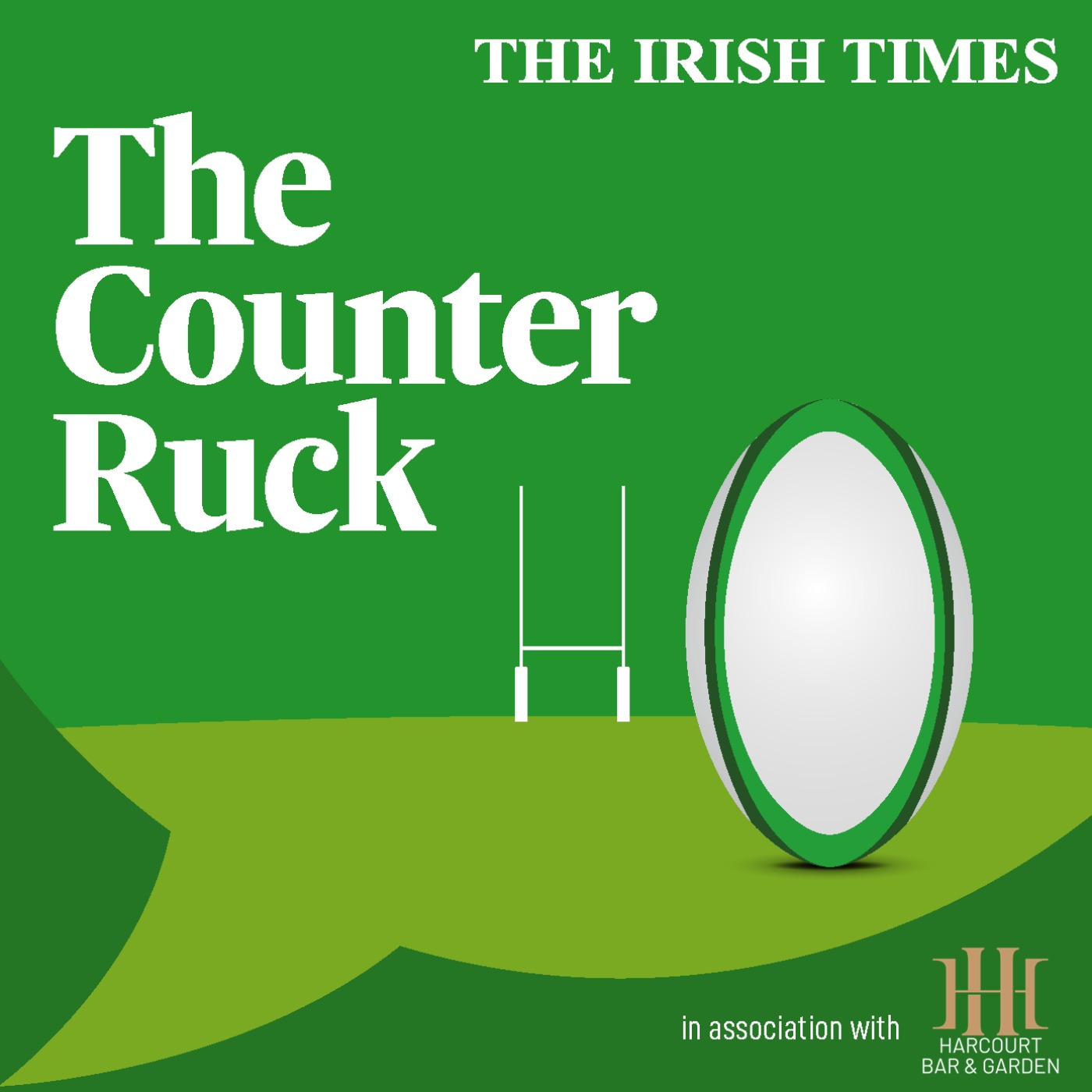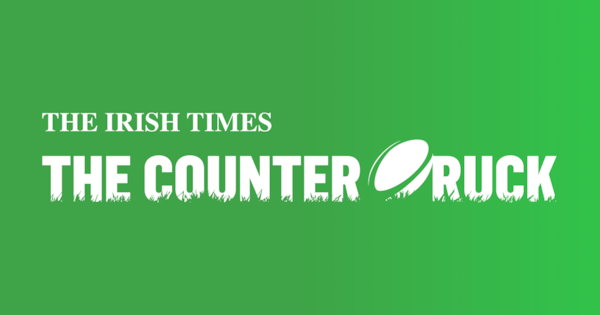As Andy Farrell and his Irish coaches return to their day jobs with the IRFU, questions inevitably turn to what they might have learned with the Lions. Cynical views of the Irish-dominated tour focus on Farrell using the opportunity to both mine information and develop players in a way that benefits Ireland.
Such a narrative is disrespectful, discounting as it does the importance of the Lions as a standalone entity. Still, there is no doubt that, in a number of areas, there is plenty of intellectual property returning to Irish shores.
How Farrell and co have gone about their business, and what they learned from Australia’s attempts to counteract them, offer an intriguing window into how his rugby philosophy, and with it Ireland’s fortunes, might develop from here.
Here are some of the main statistical takeaways from the tour.
READ MORE
Styles win fights
Much has been made in recent months of a shift in Ireland’s style of play. The days of intricate phase-play attack, with carry after carry being used to break down a defence, aren’t gone. But they are numbered.
Ireland used to dominate attacking volume numbers; more carries, more passes than the opposition. That is no longer the case. The blueprint of successful knockout rugby has been adopted. South Africa won two World Cups offering minuscule attacking output, kicking plenty and relying on their defence. While not copying them to the nth degree, Leinster have tried a similar ploy in order to end their knockout hoodoo. It worked (to a point) as the United Rugby Championship crown was secured.

Ireland are back at the World Cup. How will they fare?
What, then, of the Lions? There’s no way Ireland would shift their attacking gameplan without Farrell’s input, even if he wasn’t around during the Six Nations as Simon Easterby held the fort. Sure enough, the Lions adopted a similar mantra.
In all three Tests down under, Farrell’s side were happy playing with less of the ball - Australia averaged 131 carries per game, the Lions 99. The tourists also had a lower kick-to-pass ratio, meaning they kicked more often than the Wallabies.
When attacking volume diminishes in bigger games, it can be argued that efficiency then becomes rugby’s most important stat. In the first two Tests, the Lions and Australia had virtually the same figure for points per 22 entry. In the final Test, which Australia won, they were comfortably more efficient, notching 2.7 points per entry vs 1.5.
In big games, the side that attacks less, kicks more but is more efficient with the opportunities they do get tends to win. The third Test, which Australia won while being both more efficient and dominant in terms of attacking volume, is difficult to analyse. This is because the Lions had already won the series, while the lightning delay also played a part in Sydney.
None of the above dispels the modern trend pioneered by the Springboks which is now seeping into Irish rugby. Expect Farrell, after using a similar pragmatic game plan with the best players in the home nations, to double down with Ireland.

Big boppers
Simple narratives are sometimes dispelled by the data. Occasionally, they are backed up by the numbers. As the Test series progressed, analysis focused on the impact of Will Skelton and Rob Valetini in Test number two, and later Taniela Tupou in the final game. Once Australia got back their power athletes, they presented a greater threat.
In some ways, the numbers don’t really back this up. Skelton carried for 12 metres in the 47 minutes of rugby his body allowed in Test one, and then 16 the week after. In Tupou’s lone Test, he made 19 metres. These are decent figures for positions which require carrying through heavy traffic. Yet in isolation, they were hardly game-changing impacts.
Valetini for his part was more impressive with 28 metres in the 40 minutes he lasted. Tadhg Beirne was the only forward in the second Test who made more (34) and he was fit enough to last the full 80.
However, looking at the individual output risks losing the overall impact. In the first Test - without Skelton, Valetini or Tupou - Australia had a dominant carry rate of 18 per cent. This rose to 28 per cent the following week.
In the first Test, they had 273 post-contact metres. Seven days later in Melbourne, despite having fewer carries, they made 352 metres after contact. The impact of Australia’s big boppers opened up space for the whole team to improve.
Quelle surprise, it pays to have a handful of supreme power athletes to call upon. The Lions had a few of their own, with the likes of Ellis Genge and Joe McCarthy standing out. But Farrell didn’t have as many game-changing behemoths to call upon.
A lesson for Farrell and his backroom team going forward - not that they needed it - is the importance of a big bopper. In an Irish context, while McCarthy combines with Caelan Doris to fulfil some of this role, another larger, dynamic body wouldn’t go amiss.
Joe’s younger brother, Paddy, has been earmarked as a powerful prop and was capped by Ireland A in February. One man who could come in from outside the current group is Munster lock Edwin Edogbo. Prior to tearing his Achilles over a year ago, he was putting up similar collision-dominance numbers to his positional rival Joe McCarthy. Now that he appears to be returning to fitness, he could be a name to watch out for in the new season.

Return of the Mack
Of all the Ireland players first called into the Lions squad by Farrell, Mack Hansen may have been the most relieved. While many weren’t surprised that the Connacht wing made the cut due to the respect he has earned from the Ireland and Lions coach, some questioned if he had the requisite game time to build up form.
Injuries have been a problem in the last 18 months. A dislocated shoulder meant he missed the 2024 Six Nations. This year, he played in three of Ireland’s five championship matches, while his last Connacht appearance of the campaign came in April.
If there were questions on Hansen’s form and fitness heading into the tour, he resolutely answered them once he reached Australia. A narrative emerged that, had he not suffered another injury while on tour, he could have pushed Tommy Freeman for the Test 14 jersey.
The numbers back up this assertion as Hansen ranks highly in a number of attacking categories. Of all the players capped by the Lions on this tour, he ranked fifth for defenders beaten (12), first for line breaks (eight), fifth for metres made (234), joint first for try assists (three) and fourth for line-break assists (four). That he only clocked 277 minutes on tour, ranked 23rd in the Lions squad, shows his impact in an injury-limited window.
Caveats may apply given Hansen only appeared against tour opposition and not in the Test matches. Nevertheless, with Tommy O’Brien turning into a selection threat given his form on the right wing for Leinster and Ireland while on tour of Georgia and Portugal, Hansen appears to have timed his return to form nicely.
















